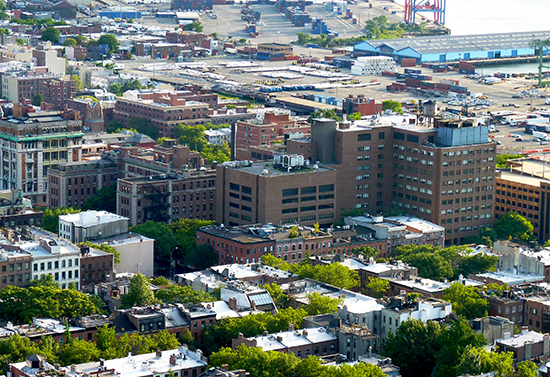Shocker: How SUNY lost more than $100M mismanaging LICH
Failure to ‘credential’ doctors lost major insurance monies

The Long Island College Hospital campus in Cobble Hill. Photo by Mary Frost
The State University of New York (SUNY) has repeatedly claimed it was forced to shut down Long Island College Hospital (LICH) in Brooklyn and sell the property to a developer because the hospital was losing millions of dollars a month.
Now, public filings, testimony and documents obtained by the Brooklyn Eagle show that SUNY treated thousands of patients at LICH for free for almost two years, losing more than $100 million — at the very least — in revenue that it is now scrambling to recover.
Over the past couple of months, former LICH patients across Brooklyn have received bills for treatment at LICH that go back, in some cases, more than two years.
